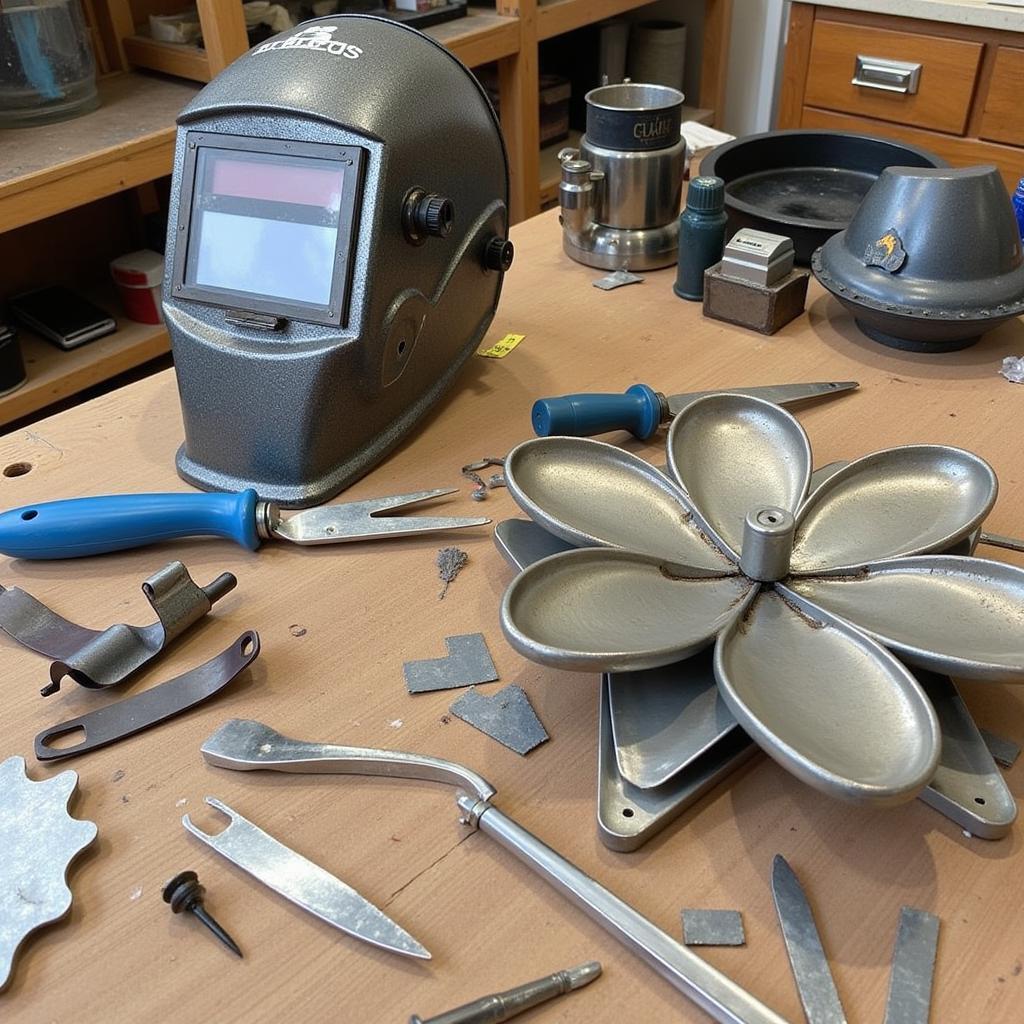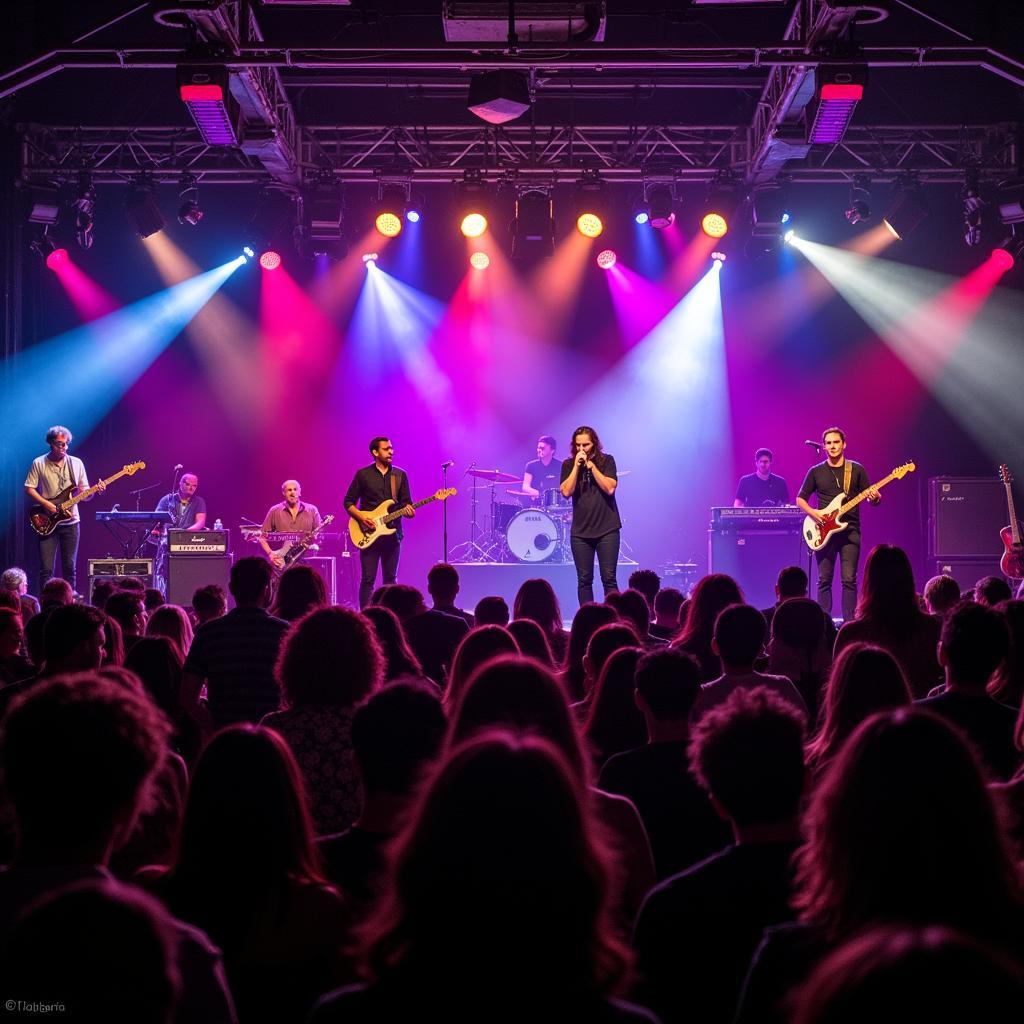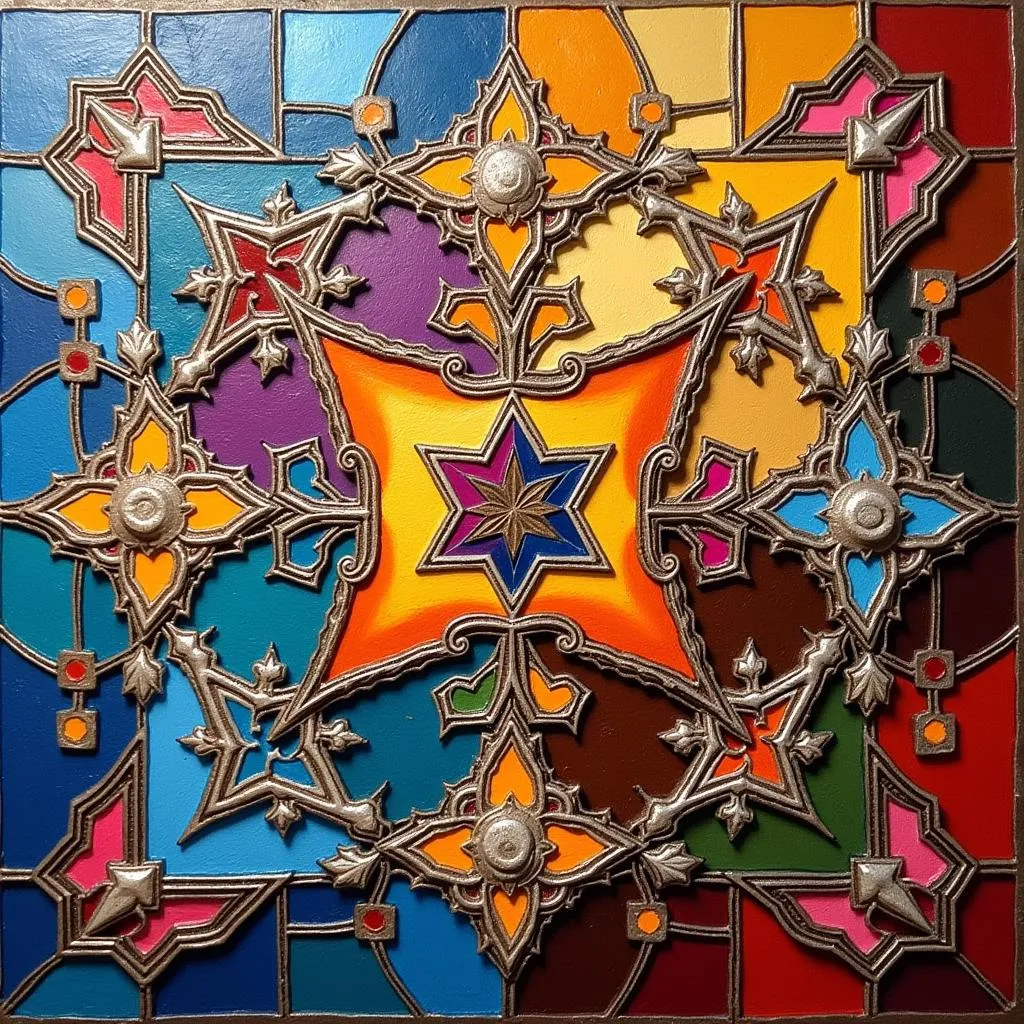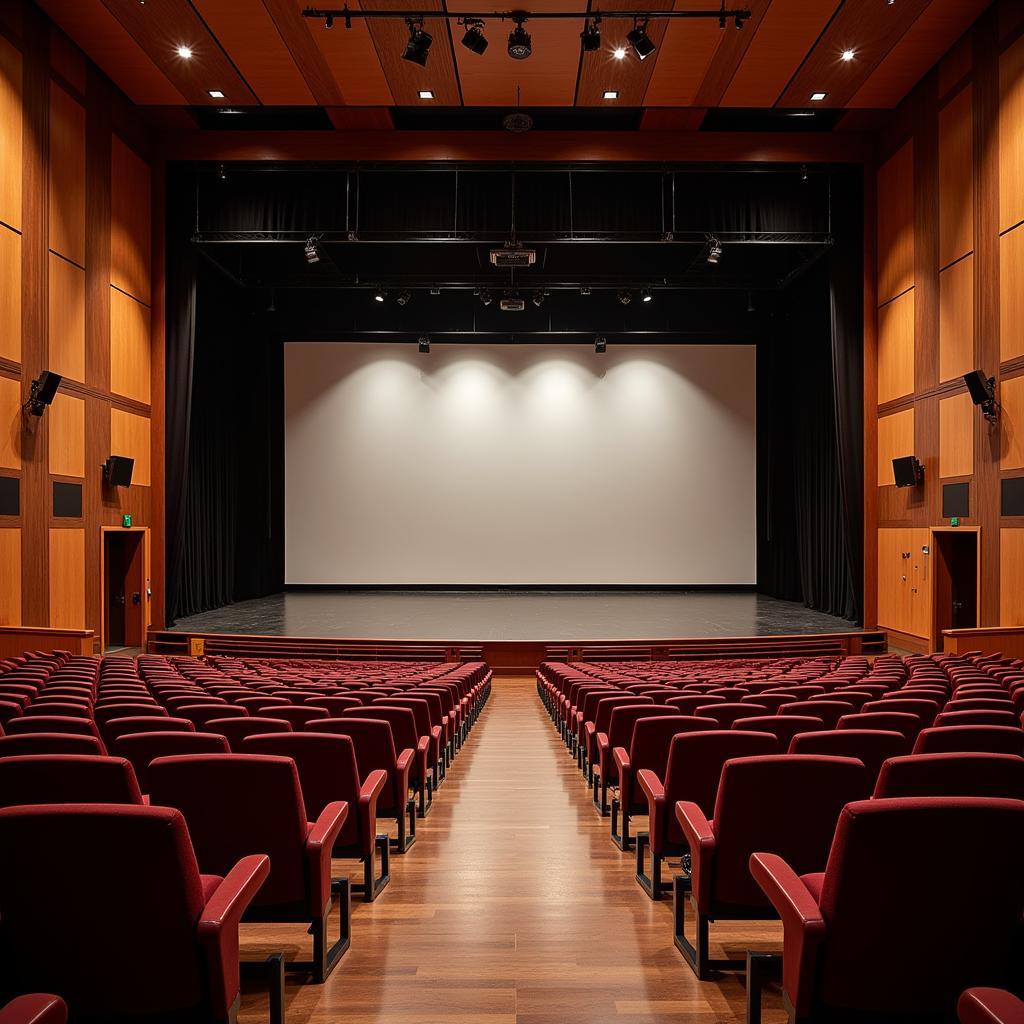A Dive into the World of Public Art
Public art. It’s a term that sparks curiosity and invites us to explore the intersection of creativity and community. Unlike traditional art forms confined within the walls of galleries and museums, public art thrives in the open air, engaging with diverse audiences and transforming ordinary spaces into extraordinary experiences. From towering sculptures to intricate murals, thought-provoking installations to interactive performances, public art injects vibrancy, meaning, and dialogue into the fabric of our shared environments.
Public Art: More Than Just Aesthetics
While the aesthetic appeal of public art is undeniable, its significance extends far beyond mere beautification. Public art serves as a powerful tool for social commentary, historical reflection, and cultural expression. It can challenge perspectives, spark conversations, and foster a sense of belonging within a community.
For example, art bombing, a form of public art that often involves guerilla tactics, utilizes public spaces as a canvas to address social and political issues, sometimes controversially. These unexpected interventions can provoke dialogue and raise awareness about critical issues that might otherwise go unnoticed.
Public art can also serve as a bridge between the past and present, preserving collective memory and fostering a deeper understanding of a place’s history and identity. Murals depicting historical events, sculptures honoring significant figures, and installations commemorating cultural heritage all contribute to a sense of place and continuity.
Public Art Forms: A Diverse Palette of Expression
The beauty of public art lies in its boundless capacity for creative exploration. Artists working in this realm embrace a vast array of forms, materials, and techniques, constantly pushing the boundaries of what’s possible.
Murals: Painting the Town with Stories
Murals, often large-scale paintings adorning walls and buildings, are perhaps the most recognizable form of public art. These vibrant expressions can transform drab urban landscapes into captivating visual narratives, reflecting the history, culture, and aspirations of a community.
Sculptures: Three-Dimensional Tales in Public Spaces
From imposing bronze statues to whimsical kinetic creations, sculptures add a tangible, three-dimensional element to public spaces. These works can serve as landmarks, focal points, or simply moments of quiet contemplation amidst the urban hustle.
Installations: Transforming Spaces, Engaging Senses
Installations often involve the creation of temporary or site-specific artworks that interact with their surroundings in unique ways. These immersive experiences can involve light, sound, natural elements, or even audience participation, blurring the lines between art and everyday life.
Performance Art: Activating Public Spaces with Movement and Sound
Performance art takes center stage in public spaces, using the human body as a medium to convey messages, evoke emotions, and challenge conventions. From street theater and flash mobs to interactive performances and participatory rituals, performance art injects an element of spontaneity and surprise into the urban landscape.
Engaging with Public Art: A Conversation Starter
One of the most remarkable aspects of public art is its accessibility. It requires no admission fee, no prior knowledge of art history, and no special invitation to appreciate. Public art invites everyone to engage in a dialogue, offering a starting point for conversations about identity, history, community, and the power of creative expression.
“Public art has the unique ability to spark joy and wonder in unexpected places,” says renowned sculptor Anya Petrova. “It’s a reminder that art is not confined to galleries and museums, but rather, it’s a vital part of our everyday lives.”
The Future of Public Art: Technology and Innovation
As technology continues to evolve, so too does the landscape of public art. Artists are increasingly incorporating digital elements, interactive technologies, and sustainable practices into their creations, pushing the boundaries of this dynamic art form.
Projection mapping, augmented reality, and interactive installations are just a few examples of how technology is shaping the future of public art, creating immersive and engaging experiences that blur the lines between the physical and digital realms.
Conclusion: Public Art Enriches Our Lives
Public art, in all its diverse forms, enriches our lives by transforming ordinary spaces into extraordinary experiences. It challenges our perspectives, sparks our imaginations, and reminds us of the power of art to connect, inspire, and transform. So, the next time you find yourself strolling through your city, take a moment to appreciate the public art around you. You might just be surprised by what you discover.
FAQ: Common Questions About Public Art
1. Who funds public art projects?
Public art projects are typically funded through a combination of sources, including government grants, private donations, corporate sponsorships, and dedicated public art funds.
2. How are artists selected for public art projects?
Artists are usually selected for public art projects through a competitive process overseen by a selection panel, which may include art professionals, community members, and stakeholders.
3. Can anyone create public art?
While spontaneous expressions of creativity in public spaces are often celebrated, it’s important to note that most cities have regulations regarding murals, installations, and other forms of public art.
4. What is the role of the community in public art?
Community engagement is an essential aspect of many public art projects. Residents may be involved in the selection process, provide feedback on proposed designs, or even participate in the creation of the artwork itself.
5. How can I get involved in public art in my community?
Many cities have public art programs or organizations dedicated to promoting and supporting public art. These organizations often offer volunteer opportunities, workshops, and other ways to get involved.
For further assistance, please contact us at Phone Number: 02462573573, Email: [email protected]. Or visit us at Savico Megamall, 7-9 Đ. Nguyễn Văn Linh, Gia Thụy, Long Biên, Hà Nội 10000, Việt Nam. We have a 24/7 customer support team.



